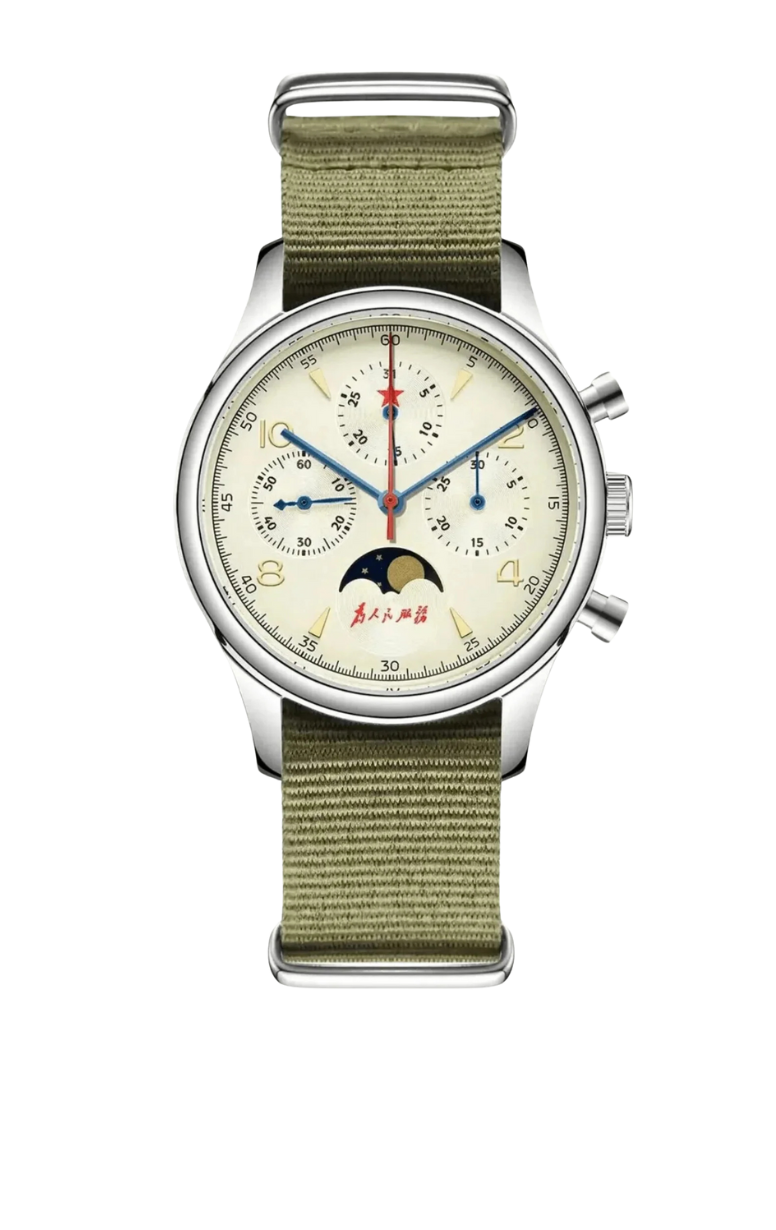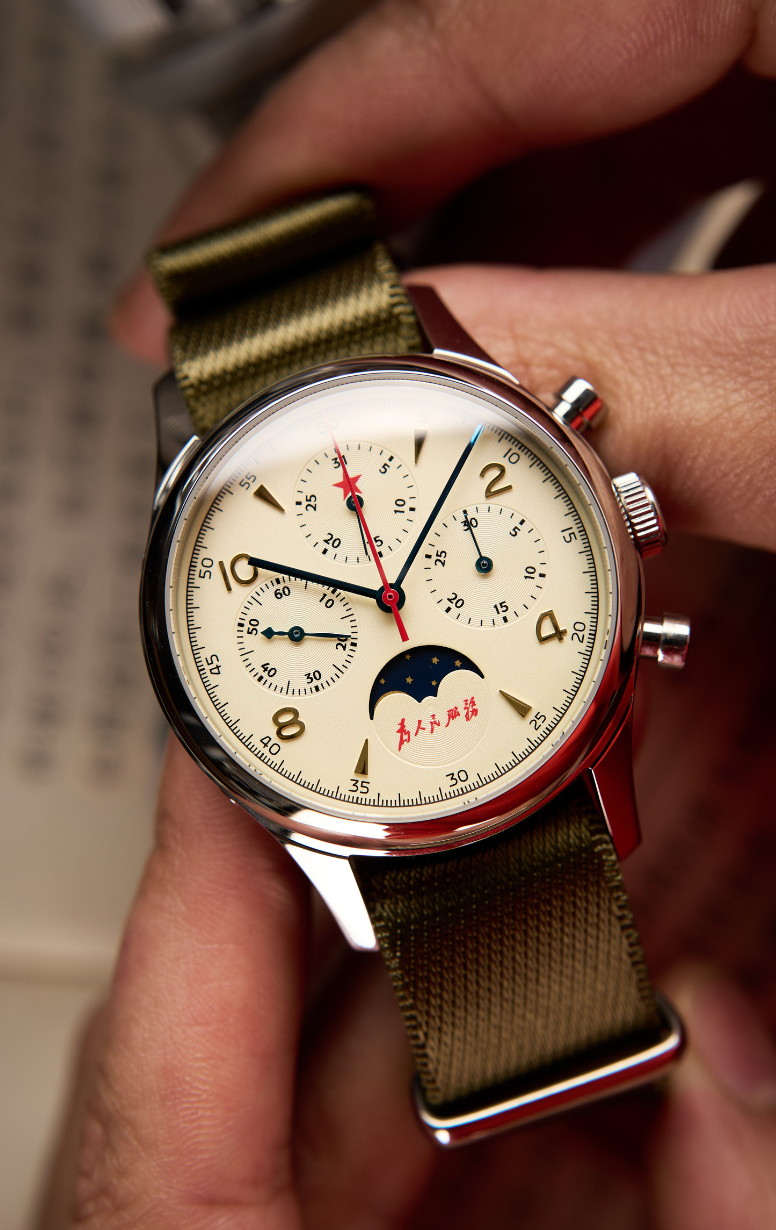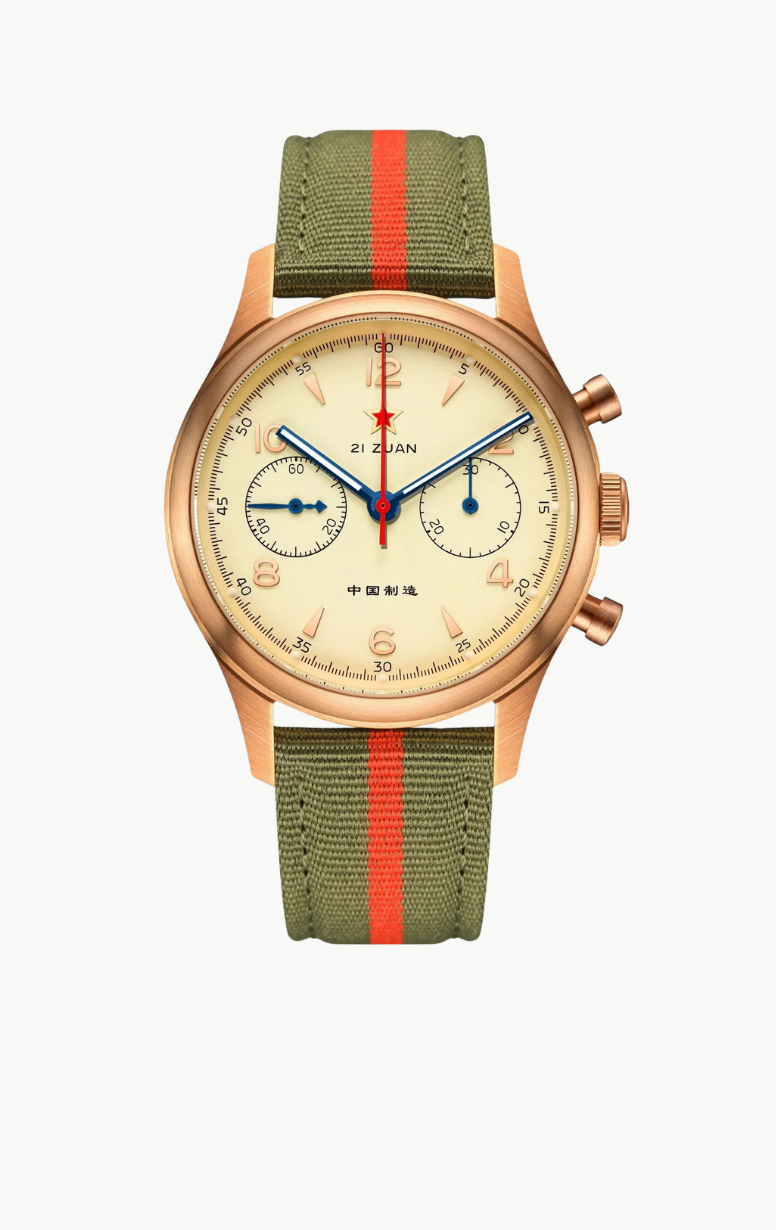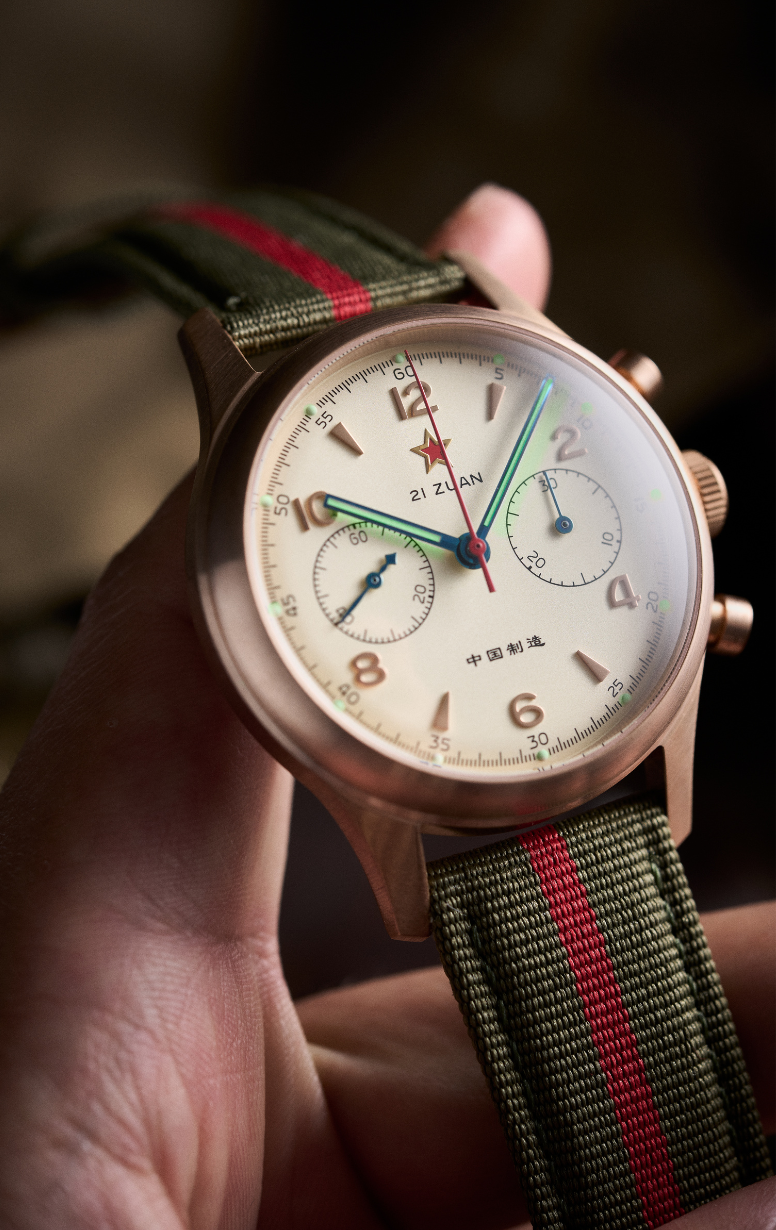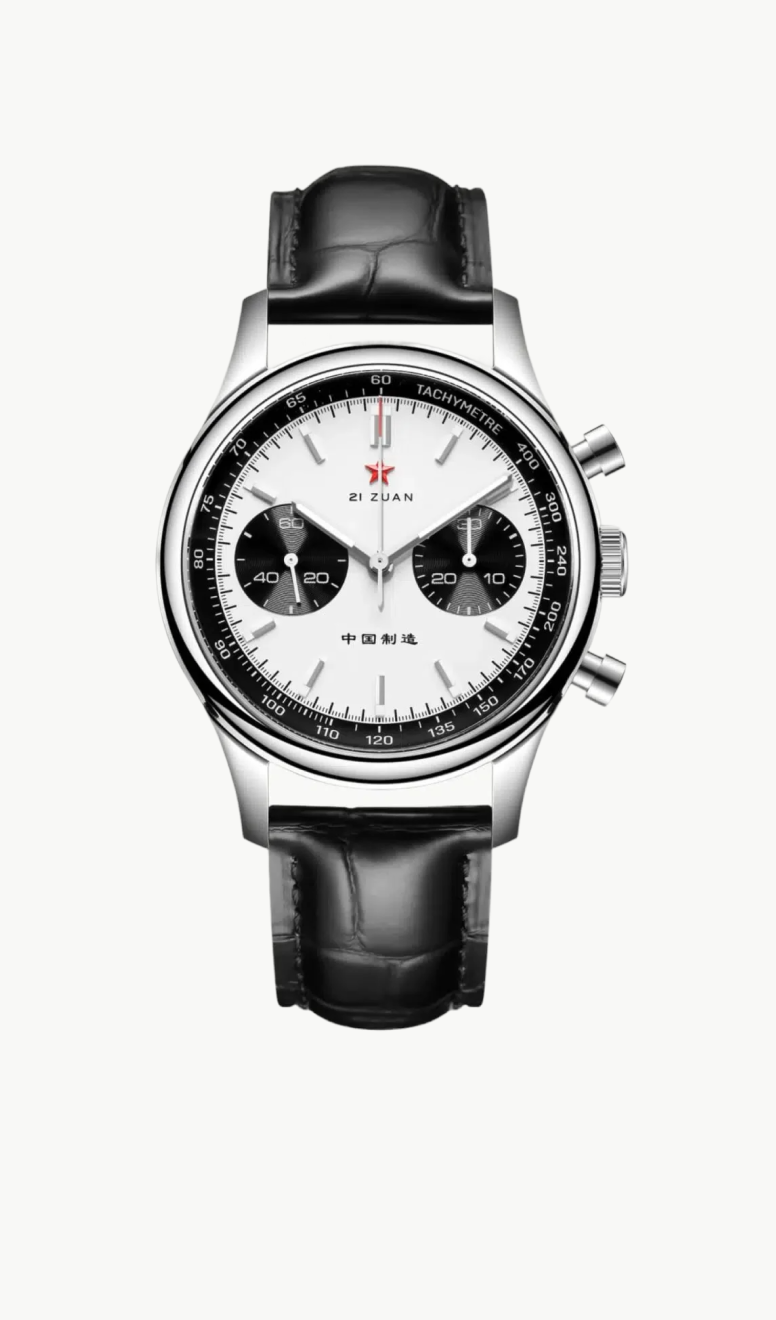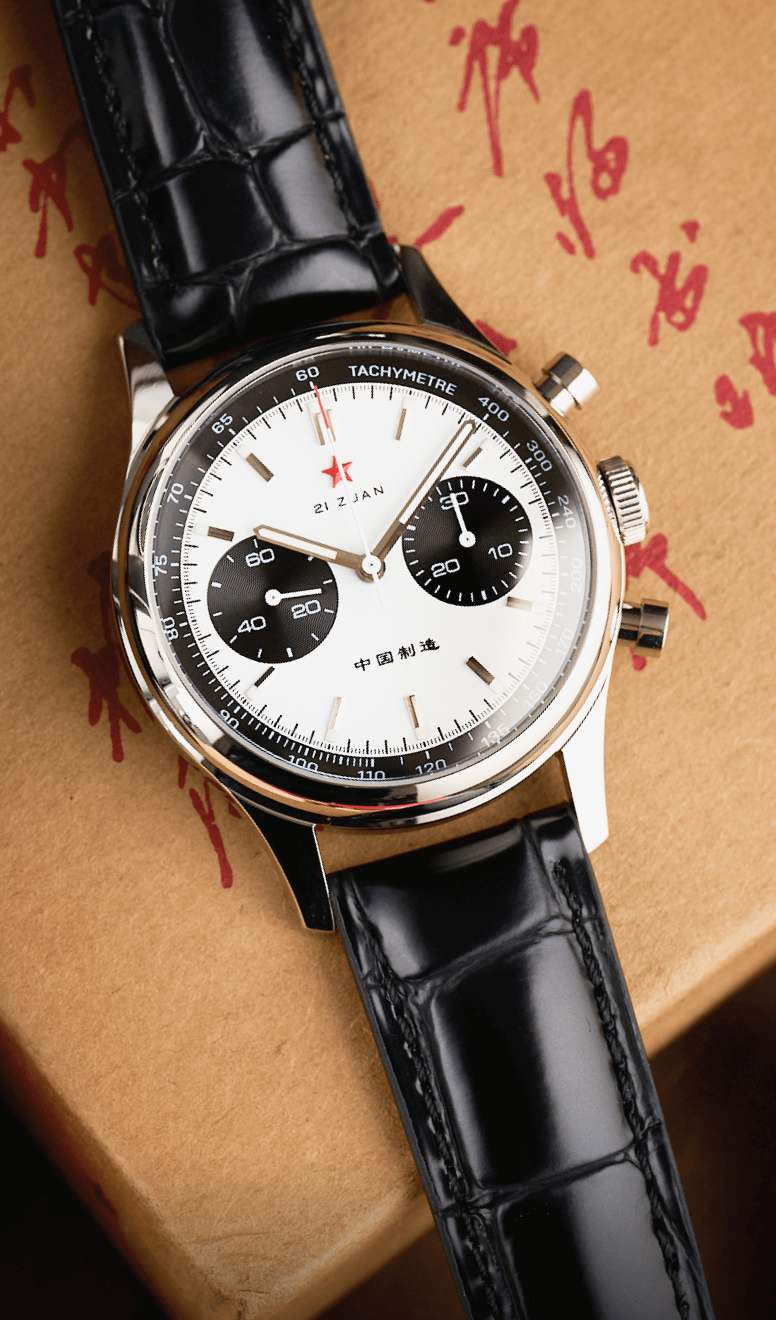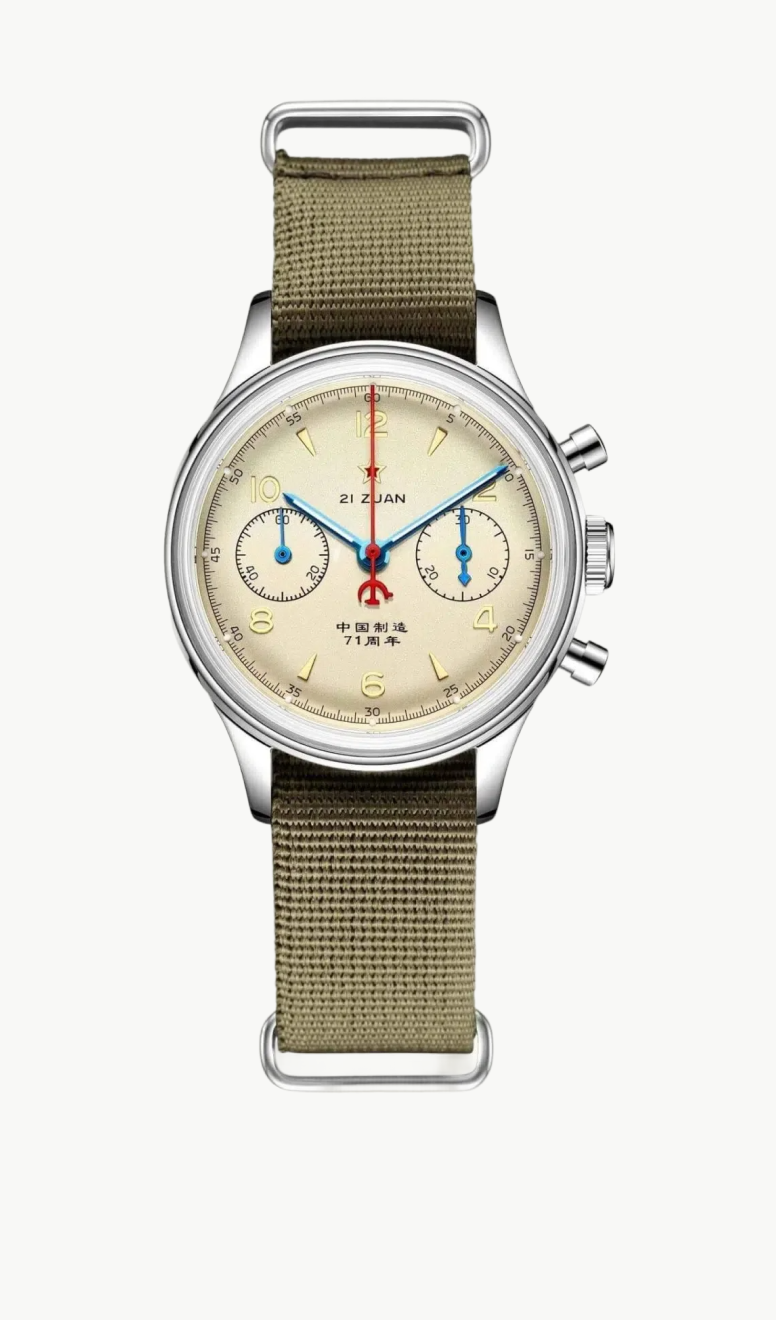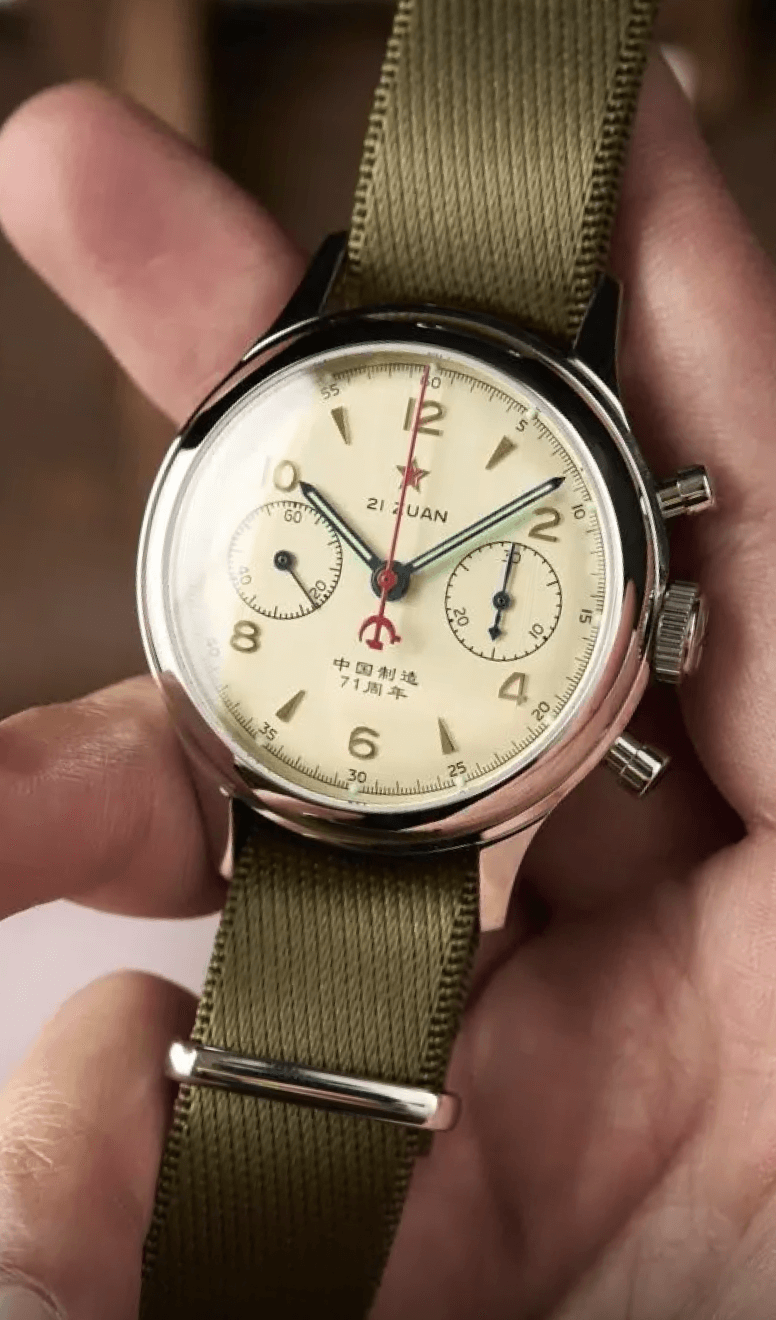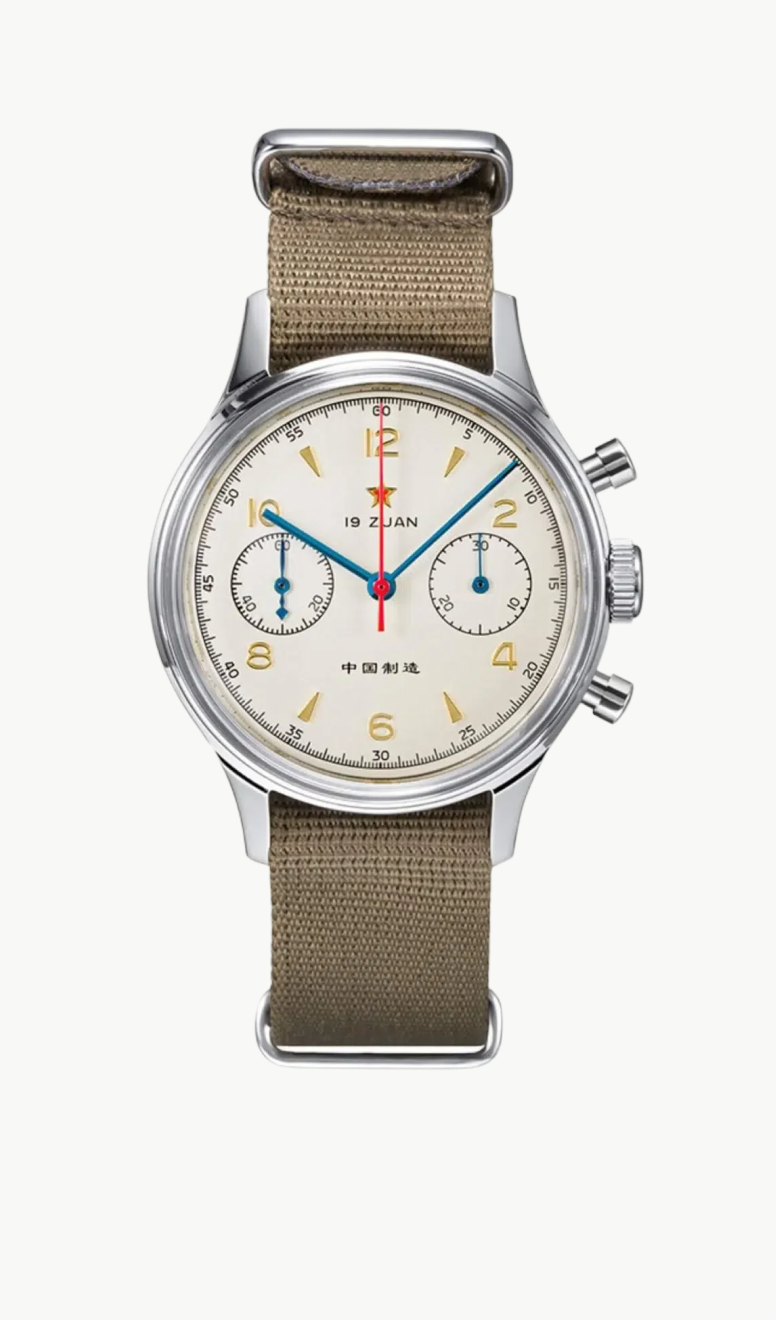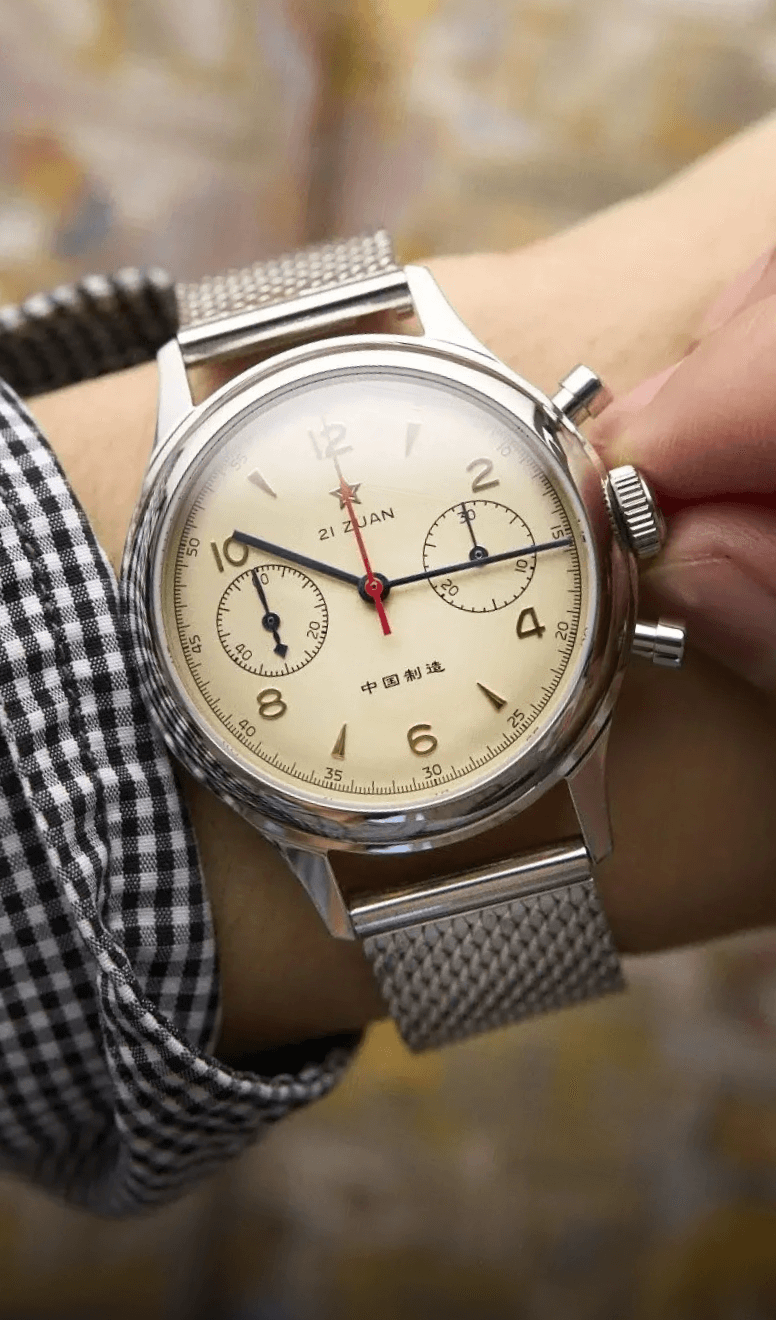
Watches have always been more than just tools for telling time. They serve as stylish accessories that join us on our various escapades, whether we’re exploring the depths of the ocean, engaging in outdoor pursuits, or simply going about our daily lives. In considering a watch’s suitability for these activities, one essential aspect comes to the forefront: water resistance. A watch’s ability to withstand water exposure not only adds to its practicality but also reflects its durability and reliability
Is the Seagull 1963 waterproof? To make an informed choice when selecting a watch, understanding water resistance ratings is crucial. Ranging from 1ATM to 10ATM and beyond, these ratings indicate the watch’s capacity to endure specific depths and pressures without compromising its functionality. Now, let’s turn our attention to the iconic Seagull 1963. Is this beloved timepiece adequately waterproof to accompany us on our everyday adventures? Join us as we explore the realm of watch water resistance and uncover whether the Seagull 1963 is up to the challenge.
The Basics of Water Resistance: Safeguarding Your Watch from Moisture and Damage
When it comes to selecting a watch, there’s more to consider than just its aesthetic appeal and functionality. One critical aspect that often gets overlooked is water resistance. Whether you’re an avid diver, a frequent traveler, or simply someone who values a timepiece that can withstand the occasional encounter with water, understanding the concept of water resistance is paramount.
At its core, water resistance refers to a watch’s ability to withstand exposure to moisture, water, and varying levels of pressure without compromising its internal components. Imagine wearing your watch while swimming or caught in a sudden downpour. Without adequate water resistance, moisture could seep into the watch’s delicate mechanisms, leading to corrosion, rust, and potentially irreparable damage.
To ensure a watch’s longevity and functionality, proper maintenance and regular checks of its water resistance capabilities are crucial. Manufacturers design watches with specific water resistance ratings, denoted in units of atmospheric pressure, commonly abbreviated as ATM. These ratings indicate the depth and pressure levels a watch can withstand without allowing water to penetrate its inner workings.
It’s essential to understand that water resistance is not a permanent feature of a watch. Over time, seals and gaskets may deteriorate, compromising the watch’s ability to resist water. Therefore, regular maintenance, including seal replacements and pressure tests, is necessary to maintain the watch’s water resistance capabilities.
It’s worth noting that water resistance ratings are not equivalent to waterproofness. Even a watch labeled as “water-resistant” has limitations. It’s crucial to adhere to the recommended usage guidelines provided by the manufacturer to avoid exceeding the watch’s water resistance capabilities and potentially damaging the timepiece.
In the next section, we will delve deeper into the different water resistance ratings and their practical implications. Understanding these ratings will help you determine the level of water exposure your watch can handle, allowing you to make informed choices based on your lifestyle and activities. So, let’s continue our exploration into the fascinating world of water resistance and unravel the mysteries behind those numerical ratings!
Decoding Water Resistance Ratings: Exploring the Depth of Protection
Now that we understand the importance of water resistance in watches, let’s dive into the world of water resistance ratings. These ratings, often denoted in units of ATM (atmospheres), provide valuable insights into a watch’s capabilities when it comes to water exposure. Let’s take a closer look at some common water resistance ratings and what they mean for your timepiece.
1ATM (Water-resistant, 10 meters/30 feet): A watch with a 1ATM rating is suitable for everyday use but not recommended for water-related activities. It can handle light splashes, accidental water exposure, and rain. However, it is important to avoid submerging the watch or exposing it to significant water pressure.
3ATM (30 meters/100 feet): A watch rated at 3ATM offers enhanced water resistance, making it suitable for activities such as handwashing, brief immersion in water, and light recreational swimming. However, it’s still not recommended for diving, snorkeling, or prolonged water exposure.
5ATM (50 meters/165 feet): With a 5ATM rating, a watch can withstand more water pressure and is suitable for swimming, showering, and surface water sports. It provides increased protection against accidental submersion and is generally a good choice for everyday wearers who engage in water activities occasionally.
10ATM (100 meters/330 feet): Watches with a 10ATM rating offer significant water resistance and can handle recreational swimming, snorkeling, and surface water sports. They are also suitable for professional marine activities that don’t involve high-pressure environments, such as swimming, sailing, and fishing.
20ATM (200 meters/660 feet) and beyond: Watches rated at 20ATM or higher are considered highly water-resistant and are ideal for serious water activities. They can handle recreational diving, water sports, and even professional diving in some cases. These timepieces are equipped to withstand increased water pressure at greater depths.

It’s important to note that the water resistance ratings mentioned above are based on laboratory tests under controlled conditions. Real-life factors such as temperature, movement, and aging of seals can affect a watch’s actual water resistance. Therefore, it’s always advisable to exercise caution and follow the manufacturer’s recommendations to ensure the watch’s longevity and performance.
Remember, water resistance ratings are not indicative of the watch’s durability against other elements like shock or magnetic fields. It’s essential to consider the specific requirements of your activities and choose a watch that suits your needs accordingly.
In the next section, we’ll address the Seagull 1963’s water resistance capabilities specifically. Stay tuned to discover if this iconic timepiece is built to withstand your aquatic adventures or if extra precautions are needed.
The Seagull 1963 watch and Its Water Resistance Capabilities
Now that we’ve delved into the world of water resistance ratings, let’s turn our attention to the beloved Seagull 1963 and its specific capabilities when it comes to water resistance. The Seagull 1963, known for its classic design and mechanical prowess, boasts a water resistance rating of 3ATM.
With a 3ATM rating, the Seagull 1963 is well-suited for everyday wear and can handle common scenarios such as handwashing, exposure to rain, and accidental splashes. This makes it a practical choice for those seeking a versatile timepiece that can accompany them through their daily routines without worry.
While the 3ATM rating provides a level of protection against water, it’s important to note that the Seagull 1963 is not suitable for swimming, showering, or any submersion in water. Engaging in water-related activities beyond the recommended usage can compromise the watch’s water resistance and potentially lead to damage.
It’s worth emphasizing that water resistance ratings are intended as general guidelines to help users make informed decisions about their watches. However, factors such as temperature, movement, and aging of seals can impact a watch’s actual water resistance over time. Therefore, regular maintenance, including seal inspections and replacements, is crucial to ensuring the Seagull 1963’s ongoing water resistance capabilities.
For watch enthusiasts who prioritize a higher level of water resistance, it’s worth exploring other models within the Seagull collection or considering watches specifically designed for more demanding aquatic activities.
All Seagull 1963 watches are being tested on being 3ATM (or more) waterproof using Swiss testing equipment.


In conclusion, while the Seagull 1963’s water resistance rating of 3ATM provides adequate protection for everyday wear, it’s important to understand its limitations and adhere to the recommended usage guidelines. By doing so, you can ensure the longevity and reliability of your Seagull 1963 as you navigate through life’s adventures, rain or shine.
In the following section, we’ll address common misconceptions about water resistance and provide tips on how to maintain and care for your watch to preserve its water resistance capabilities. So, let’s continue our exploration into the fascinating world of watch water resistance and discover practical ways to keep your timepiece safe and functional.
Considerations for Water Resistance: Preserving Your Watch's Integrity
When it comes to water resistance, there are several factors to keep in mind that can affect the performance of your watch. Understanding these considerations and taking appropriate measures can help preserve the integrity of your timepiece.
One crucial aspect to consider is the aging of seals. Over time, the rubber or silicone seals that help keep water out may deteriorate or lose their effectiveness. This can happen due to exposure to various elements, such as sunlight, chemicals, or even normal wear and tear. Regular inspection of these seals and timely replacement, as recommended by the manufacturer, is essential to ensure continued water resistance.
Temperature changes can also impact a watch’s water resistance capabilities. Extreme temperatures can cause materials to expand or contract, potentially affecting the seals’ integrity. It’s advisable to avoid exposing your watch to sudden or drastic temperature variations, such as immersing it in hot water after being in a cold environment. Adhering to reasonable temperature ranges and avoiding unnecessary temperature shocks can help maintain the watch’s water resistance.
Another consideration is the impact on the watch case. Strong impacts or falls can potentially damage the case and compromise the water resistance. It’s crucial to handle your watch with care and avoid subjecting it to unnecessary rough treatment. Taking precautions to protect your watch from accidental knocks or bumps can help maintain its water resistance capabilities.
To ensure the longevity of your watch’s water resistance, it’s important to follow the manufacturer’s recommendations for maintenance and care. This may include periodic servicing, seal inspections, and replacements as needed. Manufacturers often provide guidelines on when and where to have your watch professionally checked to ensure its water resistance remains intact.
Lastly, it’s crucial to avoid unnecessary risks that could compromise your watch’s water resistance. While certain watches may have higher water resistance ratings, it’s important to remember that water resistance is not a permanent feature. Engaging in activities beyond the recommended usage or exposing your watch to excessive water pressure can exceed its capabilities and result in water damage.
By understanding these considerations and taking appropriate measures, you can help preserve the water resistance of your watch and enjoy its intended functionality for years to come.
In the next section, we’ll address some common misconceptions about water resistance and provide practical tips for maintaining your watch’s water resistance capabilities. So, let’s continue our exploration and learn how to ensure your watch stays protected, even in the face of water-related adventures.
Practical Tips for Maintaining Water Resistance
Now that we have explored the importance of water resistance and considerations for preserving it, let’s delve into some practical tips to help you maintain and protect the water resistance of your watch.
Avoid Extreme Temperature Changes: Rapid temperature changes can affect the seals and overall performance of your watch. To prevent any potential damage, try to avoid exposing your watch to extreme temperature variations. For example, don’t immediately immerse a cold watch in hot water or vice versa. Allow your watch to acclimate to the new temperature gradually.
Rinse After Saltwater Exposure: If you’ve been in saltwater, it’s essential to rinse your watch afterward. Saltwater can be corrosive and may impact the water resistance of your watch over time. Rinse it gently with fresh water to remove any salt residue, ensuring that you pay attention to the crown and any pushers.
Regular Seal Inspections: Periodically check the seals of your watch to ensure they are intact and free from any visible damage or wear. This can be done by a professional watchmaker or following the manufacturer’s guidelines. If you notice any signs of deterioration, such as cracks or gaps, it’s crucial to have the seals replaced promptly to maintain water resistance.
Avoid Engaging Pushers or Crown Underwater: Even if your watch has a certain level of water resistance, it’s advisable to avoid operating the crown or pushers while submerged or in contact with water. These actions can increase the risk of water entering the watch, compromising its water resistance.
Follow Manufacturer’s Guidelines: Each watch model may have specific recommendations and limitations regarding water resistance. It’s essential to familiarize yourself with the manufacturer’s guidelines provided in the user manual or on their website. These guidelines will give you insights into the recommended usage, water resistance limitations, and maintenance suggestions for your particular watch.
By following these practical tips and taking appropriate measures, you can help maintain and protect the water resistance of your watch. Remember that regular maintenance, including seal inspections and adherence to manufacturer recommendations, is key to ensuring its continued water resistance capabilities.
Summary
In conclusion, understanding water resistance ratings is crucial when choosing a watch that can withstand water exposure and suit your lifestyle. We have explored the concept of water resistance, its importance in protecting the internal components of a watch, and the practical implications for everyday use. It is essential to consider the water resistance rating of a watch, such as the Seagull 1963 chronograph, to determine its suitability for different activities.
We discussed the significance of water resistance ratings, from 1ATM to higher ratings like 3ATM, and how they indicate the depth and pressure a watch can withstand without compromising its functionality. For the Seagull 1963, its 3ATM water resistance rating makes it suitable for activities like handwashing, exposure to rain, and accidental splashes.
We also highlighted considerations for maintaining water resistance, such as inspecting seals, avoiding extreme temperature changes, and handling the watch with care. Following the manufacturer’s guidelines for maintenance is crucial to ensure the longevity of water resistance capabilities.
When selecting a water-resistant timepiece, it’s important to consider your lifestyle and intended use. If you engage in water-related activities frequently, opting for a watch with a higher water resistance rating may be more suitable. However, even with a high rating, it’s important to remember that water resistance is not a permanent feature and requires proper maintenance and care.
In the case of the Seagull 1963 chronograph watch, understanding its water resistance capabilities allows you to make informed decisions about its use in various situations. By following the manufacturer’s guidelines and taking necessary precautions, you can ensure that the water resistance of your Seagull 1963 remains intact and continues to serve you well.
Remember, knowledge of water resistance ratings, proper maintenance, and adherence to manufacturer guidelines are essential to protect your watch and enjoy its functionality for years to come. So, whether you’re diving into the depths of the ocean or simply navigating your daily routine, a watch with the right water resistance can be your reliable companion.
Choose wisely, care for your timepiece diligently, and embark on your adventures with confidence and style.




